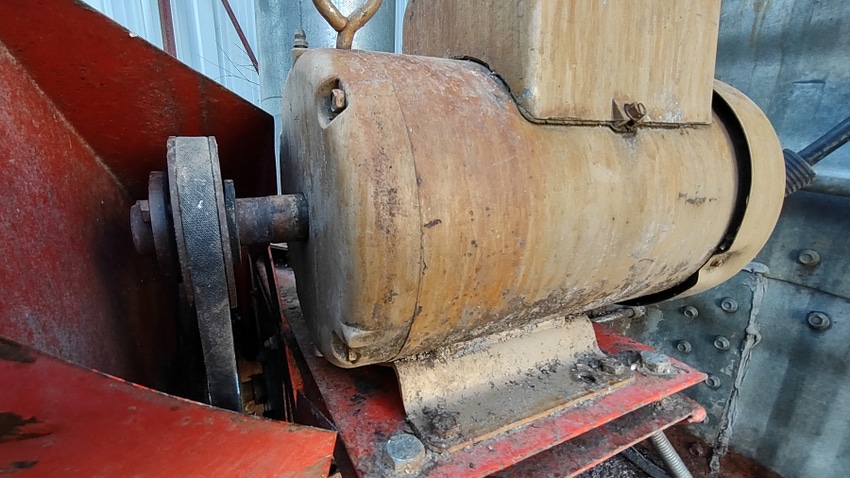
Is it better to have an oversized electric motor running at less than full capacity, or to have a properly sized motor running at an optimal level? The answer is easy, but putting that knowledge into practice around the farm isn’t always that simple.
Rick Stowell, Nebraska Extension animal environmental engineer, said during a recent University of Nebraska Center for Agricultural Profitability webinar on farm energy that farmers are often concerned about being underpowered, so they might go with a variable output motor for the operation.
However, this encourages producers to “go big” when they are installing electric motors for various operations. But running an oversized motor at a less-than-optimal load is an inefficient process, and it can ding producers on their energy bills, Stowell said.
Cost of operation
Related to large farm motors is the electrical cost of running them, and specifically, how motors affect electric bill charges.
The power factor, according to Nebraska Extension energy educator John Hay, is a ratio of working power, measured in kilowatts (kW), to apparent power, measured in kilovolt amperes (kVA).
Apparent power is the demand — that amount of power used to run equipment over a specific period of time. On an energy bill, the closer the power factor is to 1.0, the better, because it means that all the energy supplied by the provider is being consumed by the load. The lower the power factor, the less efficient the system is running, potentially leading to higher energy bills through power factor charges.
In real terms on the farm, Hay said that this means the power factor is highest when a motor is running at full capacity or close. “Running at partial capacity, the power factor is worse,” he added.
Energy providers use the power factor in determining the bill, so oversized motors running at less than full capacity can cost more to operate in the long run, he explained.
Irrigation systems
“Having too much power is a problem in many irrigation systems, for instance,” Hay said. “I can see where it happens. A motor goes out and maybe there is an oversized motor sitting on the shelf at the irrigation supplier, so you take that one home.”
But producers can get hit twice under this scenario because they are operating inefficiently with a motor that is oversized and running at less than full capacity, plus the power factor is worse with oversized motors, so they are hit with a higher bill by the energy provider. That’s why sizing motors to the operation is so important, Hay said.
Learn more by emailing Hay at [email protected], or Stowell at [email protected].
Read more about:
EnergyAbout the Author(s)
You May Also Like






